Western Watersheds Project California Office
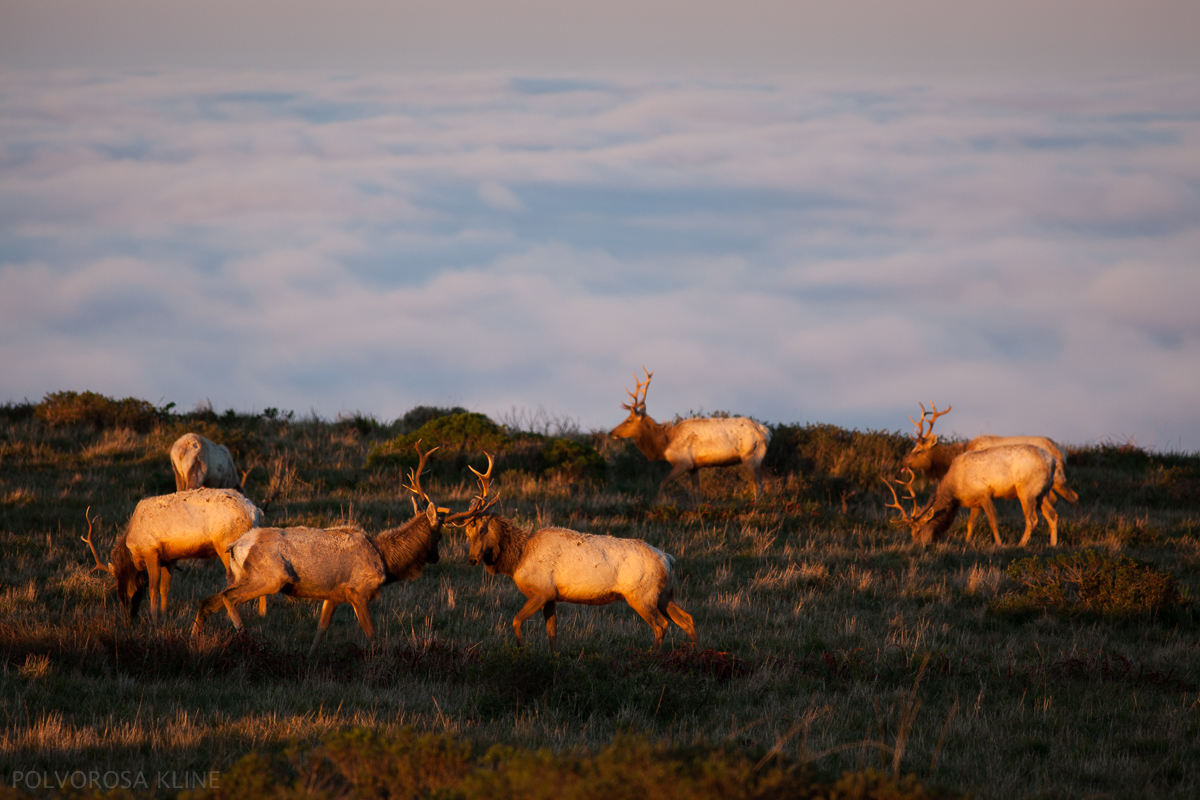
California is a hugely diverse area with a high level of endemic species, unique plant communities, viewable wildlife, and biodiversity. Western Watersheds Project (WWP) works to conserve public lands on National Forests, National Park units, and lands managed by the Bureau of Land Management (BLM). In addition, WWP is involved with the beautiful state parks, regional parks, and other lands that are important to the public, and are protected by the strong state environmental law: the California Environmental Quality Act (CEQA).
WWP seeks to conserve and restore native plant communities and wildlife to all these lands which the public enjoys.
WWP’s work in California focuses on oversight of livestock grazing, native grassland restoration, watch-dogging questionable vegetation treatments, and conserving rare species.
Some of the projects WWP is involved in around the Golden State include:
- Point Reyes National Seashore and Golden Gate National Recreation Area: these lands that are treasured gems of the Pacific Coast are degraded by beef and dairy ranches that were fairly bought decades ago. Yet commercial interests seek to keep for-profit industrial ranching on these sensitive park lands. Native Tule elk, federally endangered Coho salmon and California freshwater shrimp, and California state endangered Tri-colored blackbirds reside here, and are impacted by the herds of cattle. Native bunchgrasses and wildflowers of the rare coastal prairie hang on within the ungrazed fringes. We are actively working to protect these species and native plant communities, and pushing the park to restore the land to its full natural potential—without domestic livestock grazing. The area is famous for fantastic wildlife photography—a much more sustainable use of these public lands than common commercial cattle grazing. We see Point Reyes National Seashore as being the Yellowstone of the Pacific Coast.
- The superbloom swept across the California desert in spring 2019, yet lands managed by BLM were trampled and grazed down by hordes of domestic sheep—John Muir referred to them as “hoofed locusts” when he saw them invade California in the 1800s. We are working to prevent damage to these delicate desert ecosystems which are home to the Mojave desert tortoise, desert kit fox, and burrowing owl (and many rare plants). We seek to conserve these native plants and animals against the onslaught of domestic grazing on public lands.
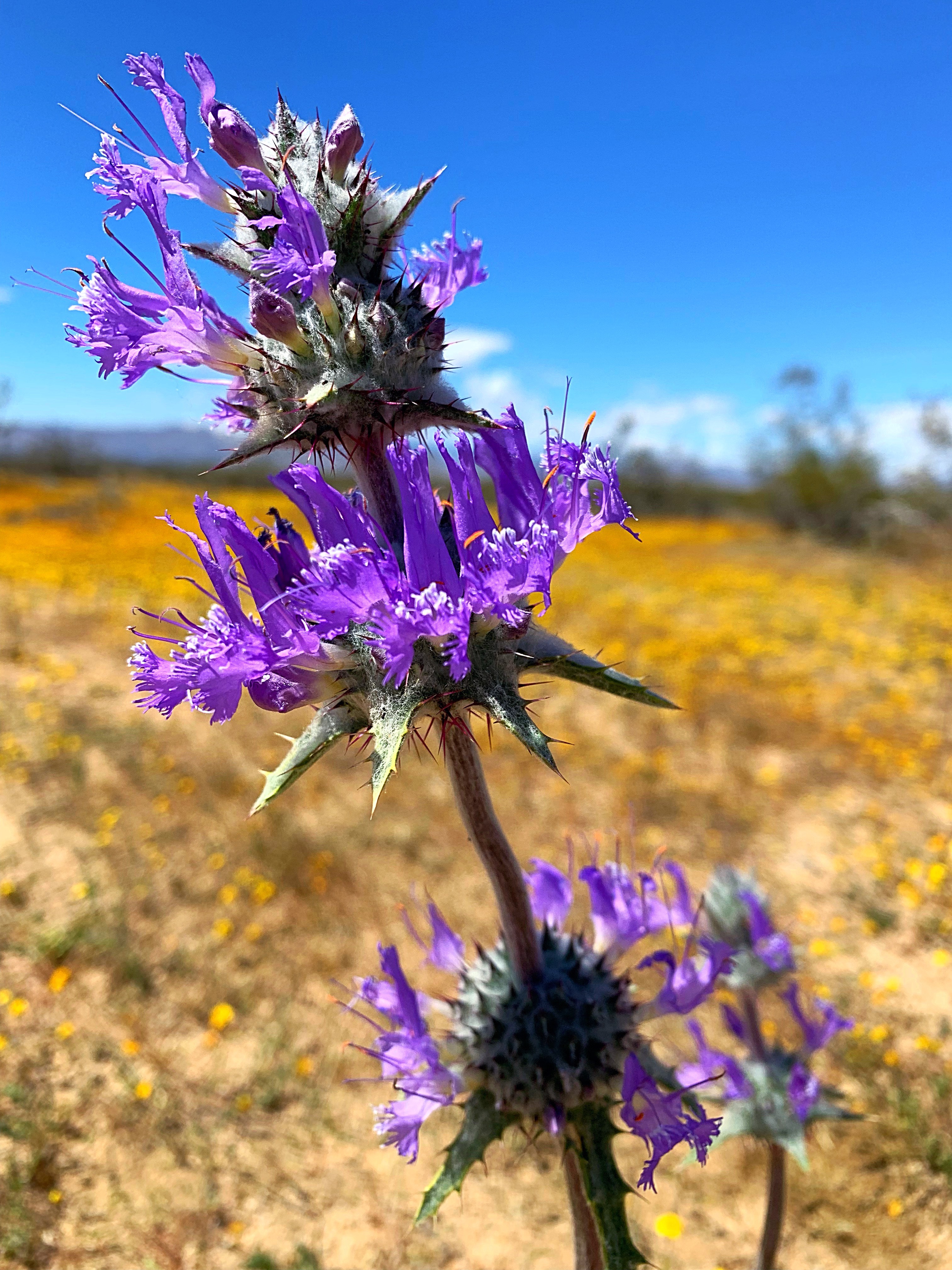
- The Bi-State Distinct Population Unit of Greater sage-grouse resides in the wild Eastern Sierra region, including the sagebrush-covered Bodie Hills (an area which has been pushed for National Monument status by environmental groups). Cattle and domestic sheep grazing are degrading the native bunchgrasslands and montane meadows here, and WWP is working to protect this sage-grouse as a high priority action.
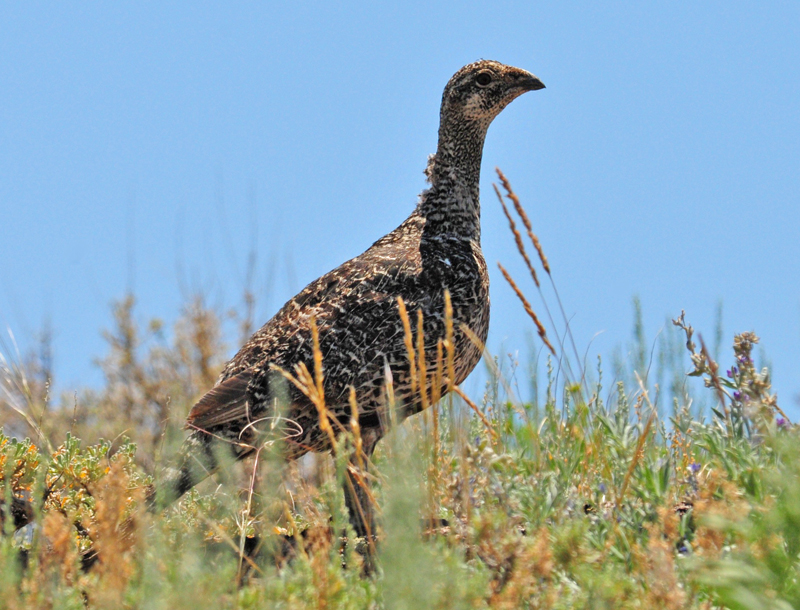
- Wolves have returned to northern California, and we are making sure they stay.
- Pacific fishers inhabit deep forests in the Sierra Nevada and have been in decline. We are working to see that they are protected.
- Yosemite toads, California red-legged frogs, Mountain yellow-legged frogs, Sierra Nevada yellow-legged frogs, and Foothill yellow-legged frogs are all in peril, and WWP is working to see that their streams, ponds, and wet meadows are protected from livestock grazing, water pollution, and other threats.
- Sierra Nevada bighorn sheep and Nelson’s bighorn sheep in the deserts are under threat from sheep and cattle grazing, and we are working to halt the fatal interactions where disease is spread from domestic livestock to wild sheep.
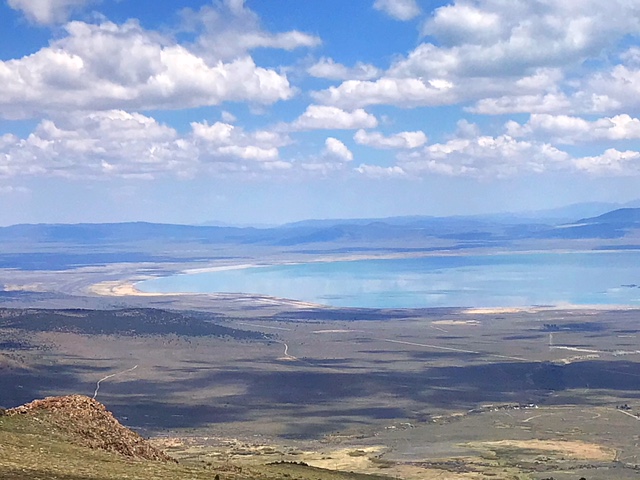
- Lush mountain meadows across the Sierra Nevada are under attack by herds of domestic cattle on US Forest Service lands. We are documenting the native meadow vegetation and how cattle grazing is impacting these plant communities with overgrazing, erosion, and degradation. We are seeking to conserve these sensitive mountain meadow habitats, and restore impacted areas.
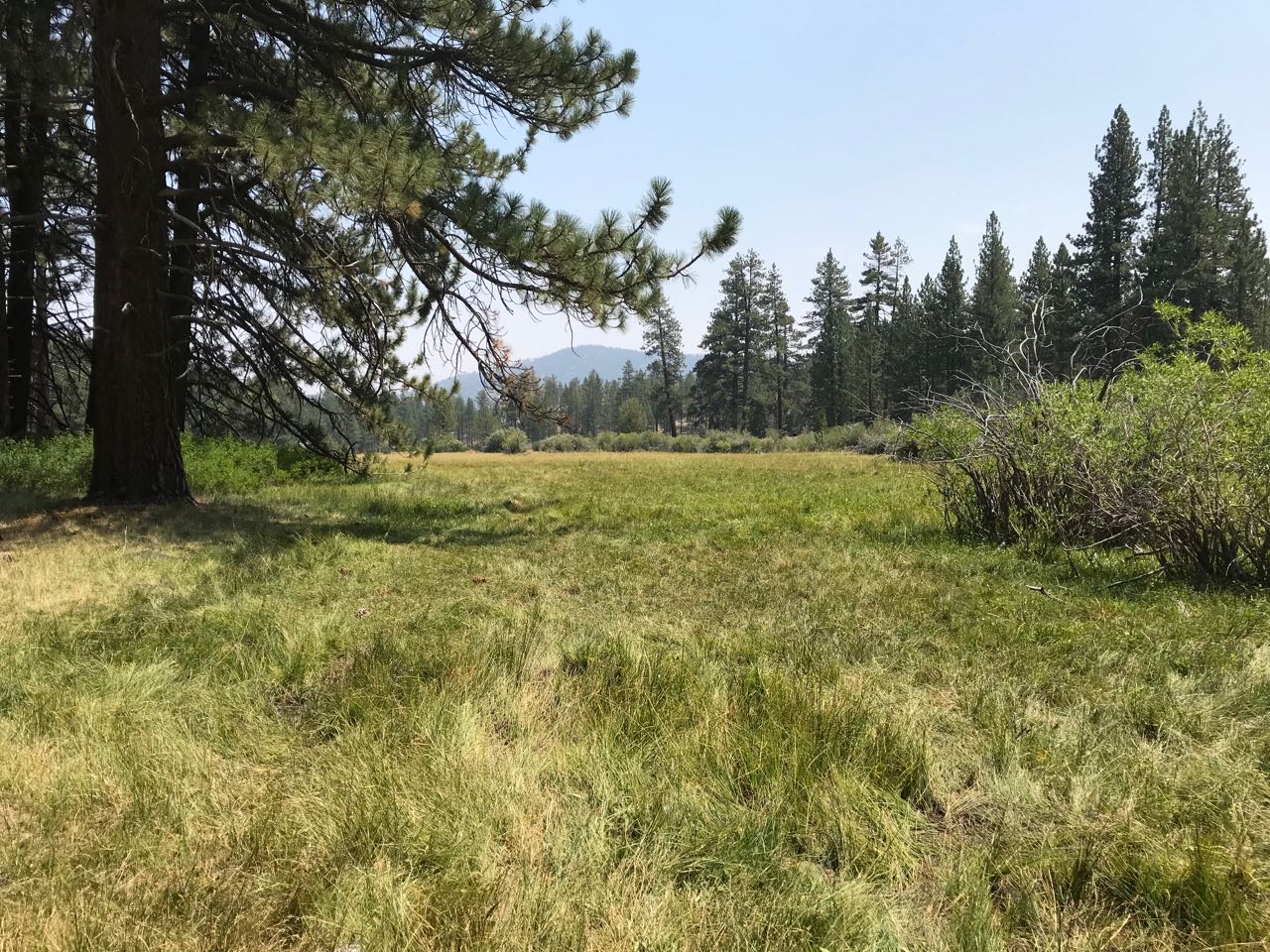
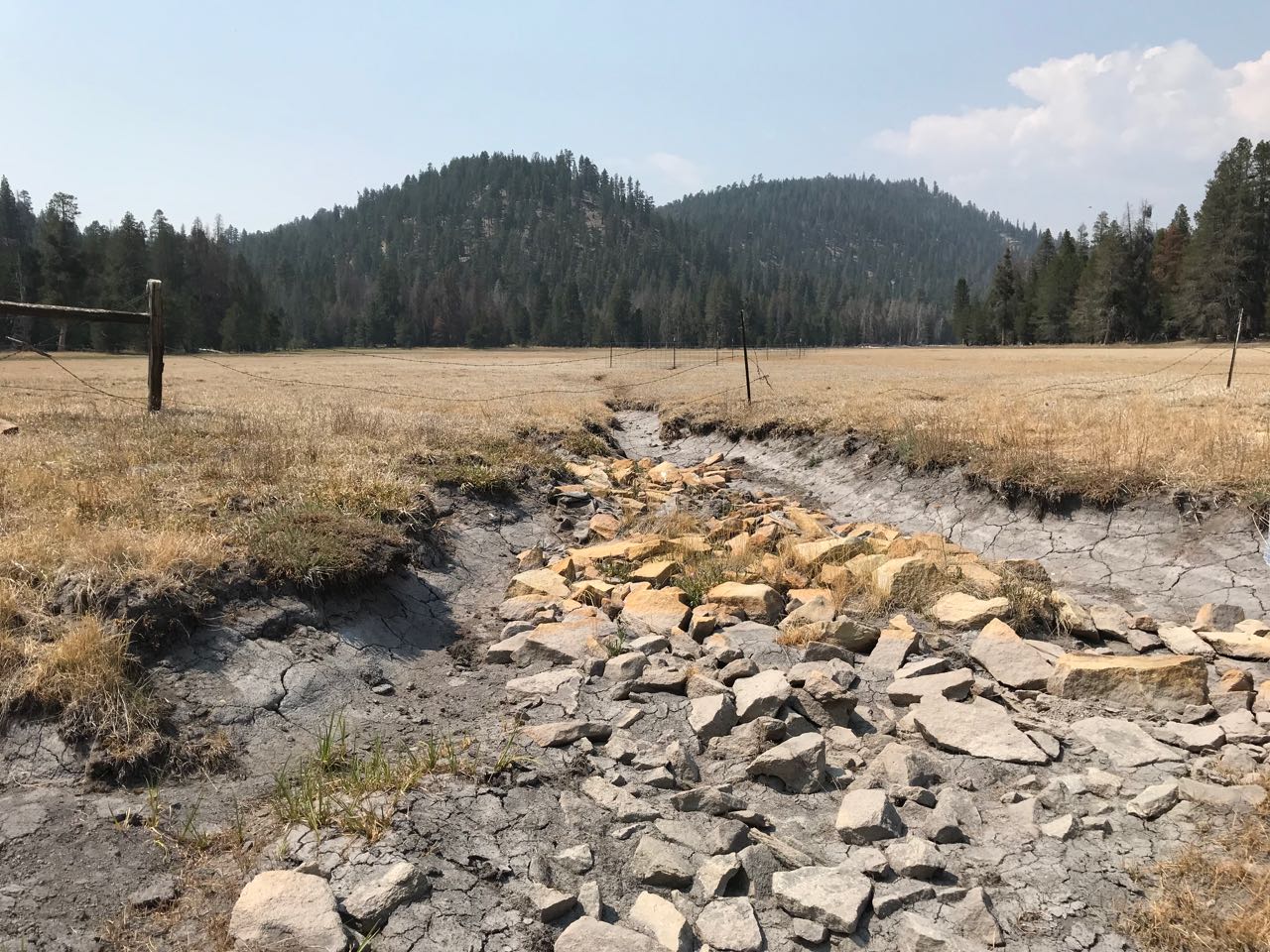
- WWP is tracking and commenting on projects that harm native trout and other fish species in California, including Lahontan Cutthroat trout, Bull trout, Eagle Lake Rainbow trout, Coho salmon, Steelhead trout, and the Long Valley speckled dace.
- WWP is also commenting on agency projects that seek to clear-cut native forests, such as pinyon-juniper woodlands, Jeffrey pine forests, and western juniper savannas in California, which harbor high species diversity. Agency goals appear to us to be more related to range management for livestock, than actual native plant community conservation or species protection.
- WWP is tracking livestock grazing on public lands in Northwestern California—the redwood forests, native grasslands, and salmon and steelhead trout rivers.
- On the remote and wild Modoc Plateau, WWP is tracking livestock grazing impacts on Greater sage-grouse habitat, native trout streams, native sucker fish populations—such as on the Lost River, as well as unjustified native juniper tree removal.
- Water projects are a big deal in California, and we are following the controversies and commenting where native species are at risk.
- WWP is active in National Forest planning, including wildfire, forest fuels, and the use of livestock grazing to reduce fuels.
Please feel free to contact WWP staff who work on California issues:
Laura Cunningham, California Director
(775) 513-1280
Cima, CA 92323
Mailing address: P.O. Box 70
Beatty NV 89003 (next to Death Valley National Park)
lcunningham@westernwatersheds.org






